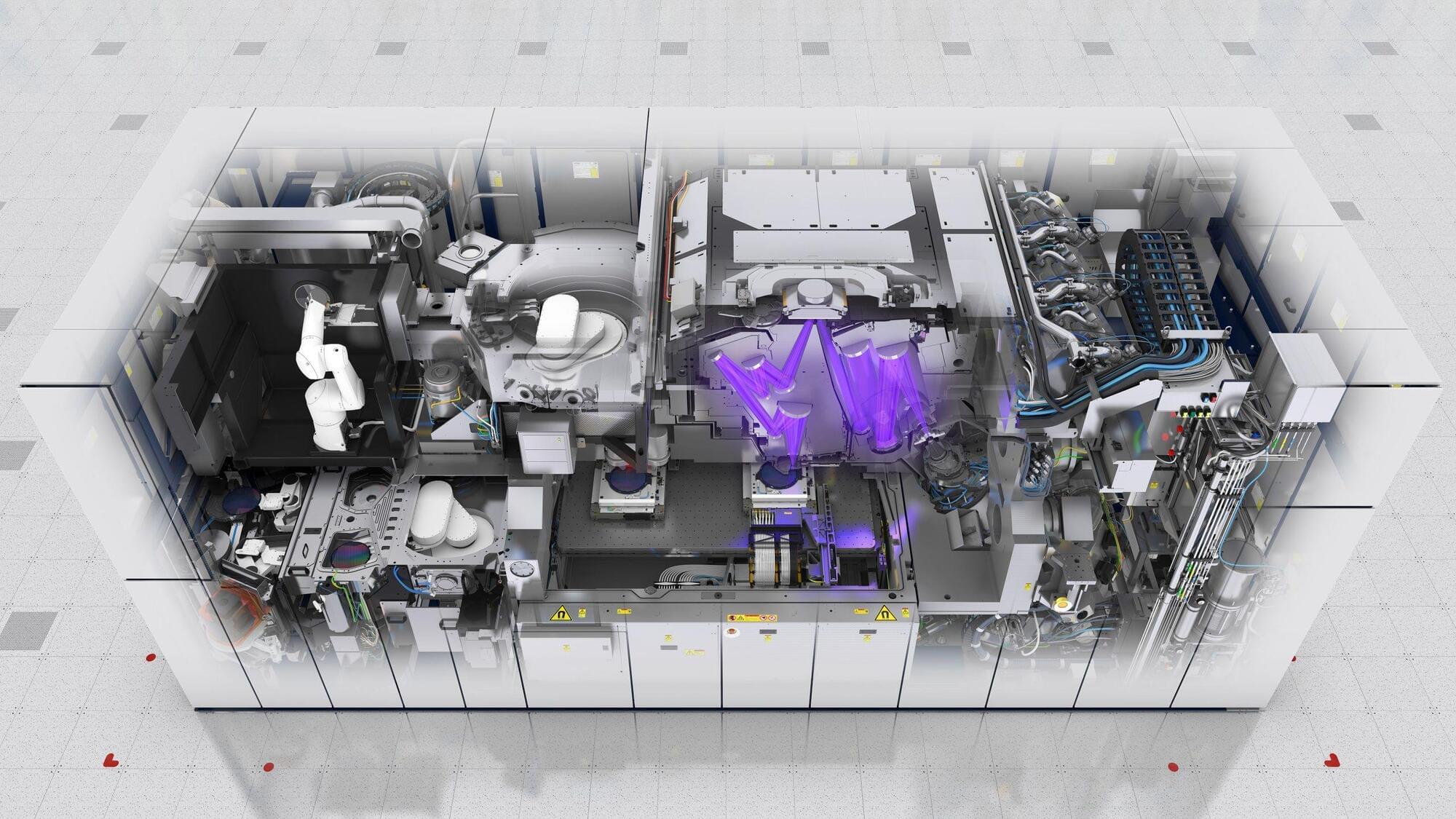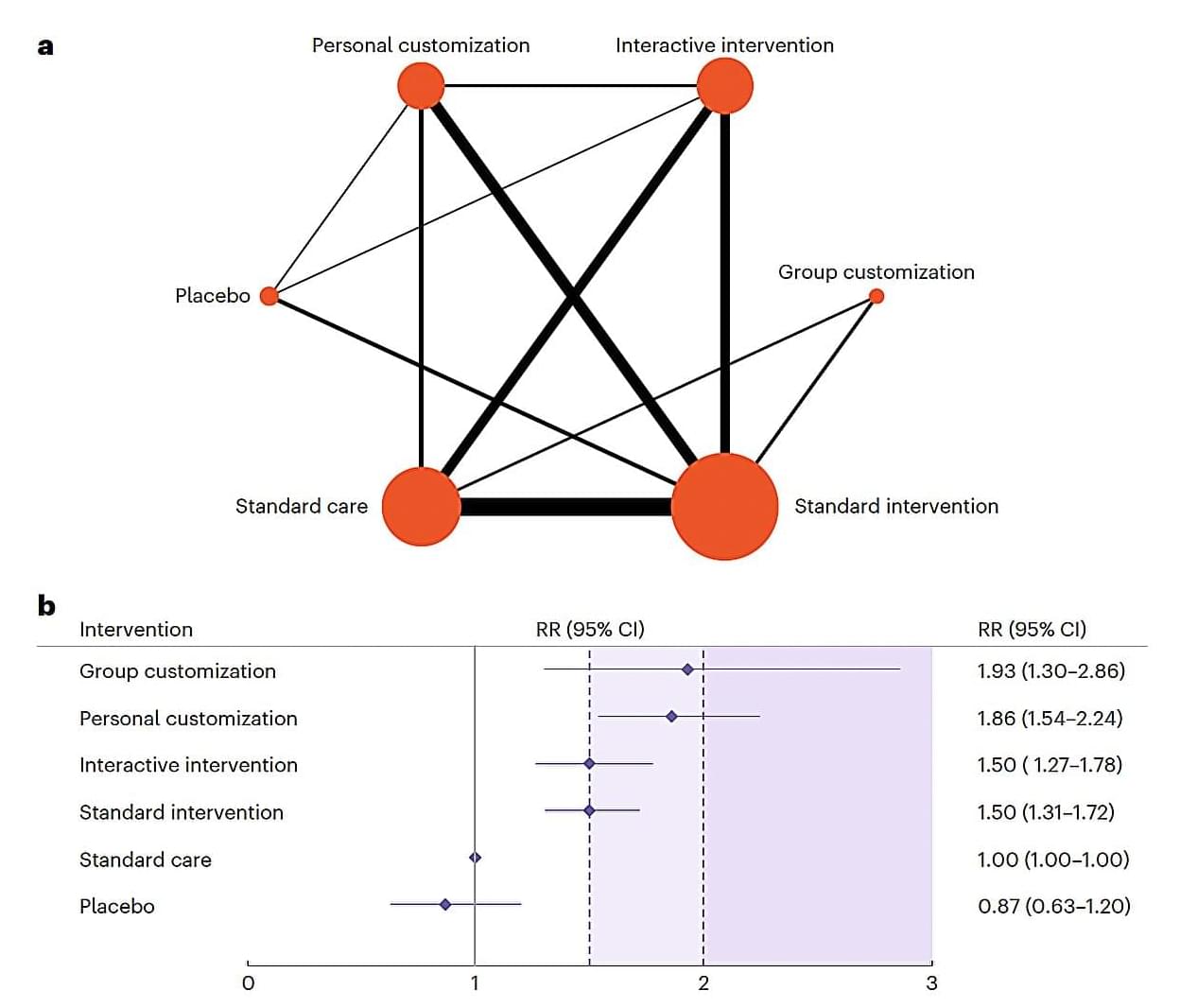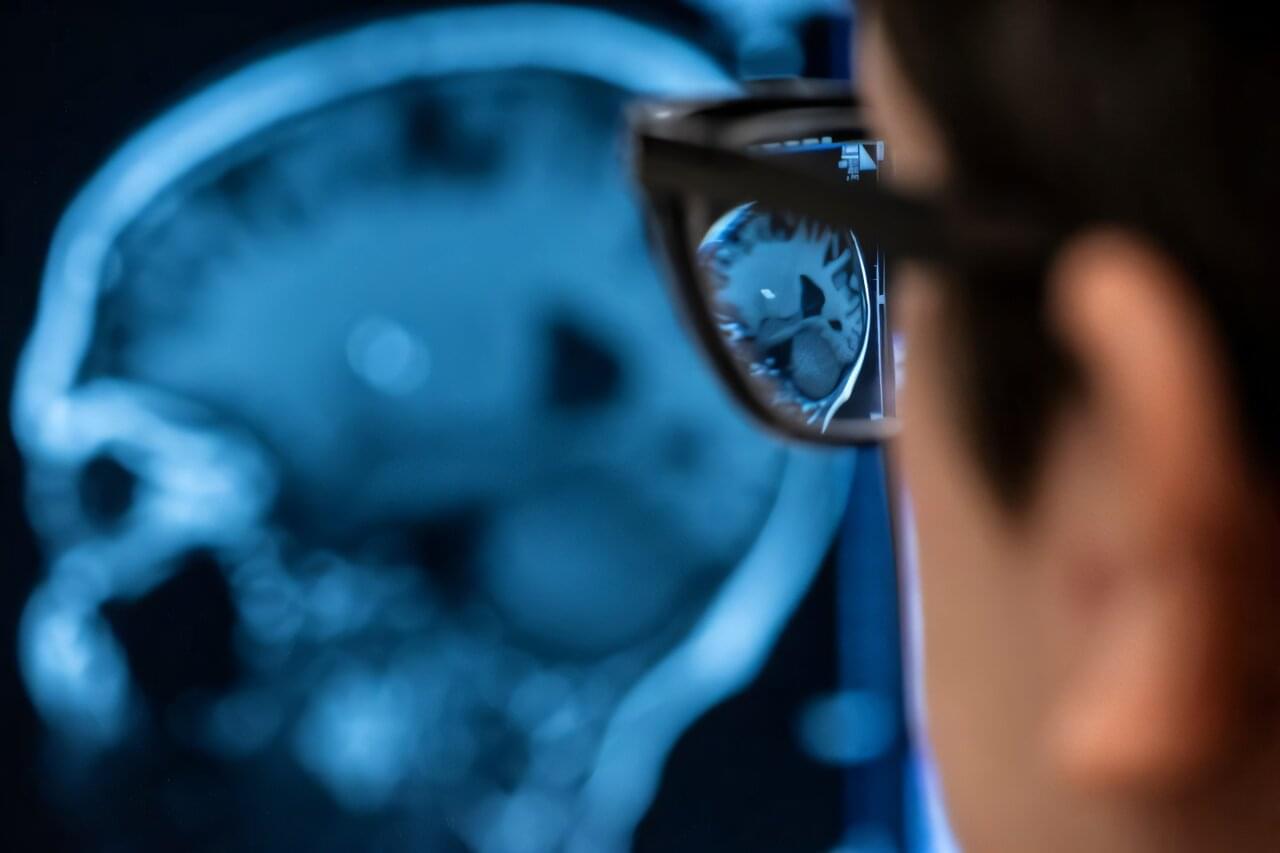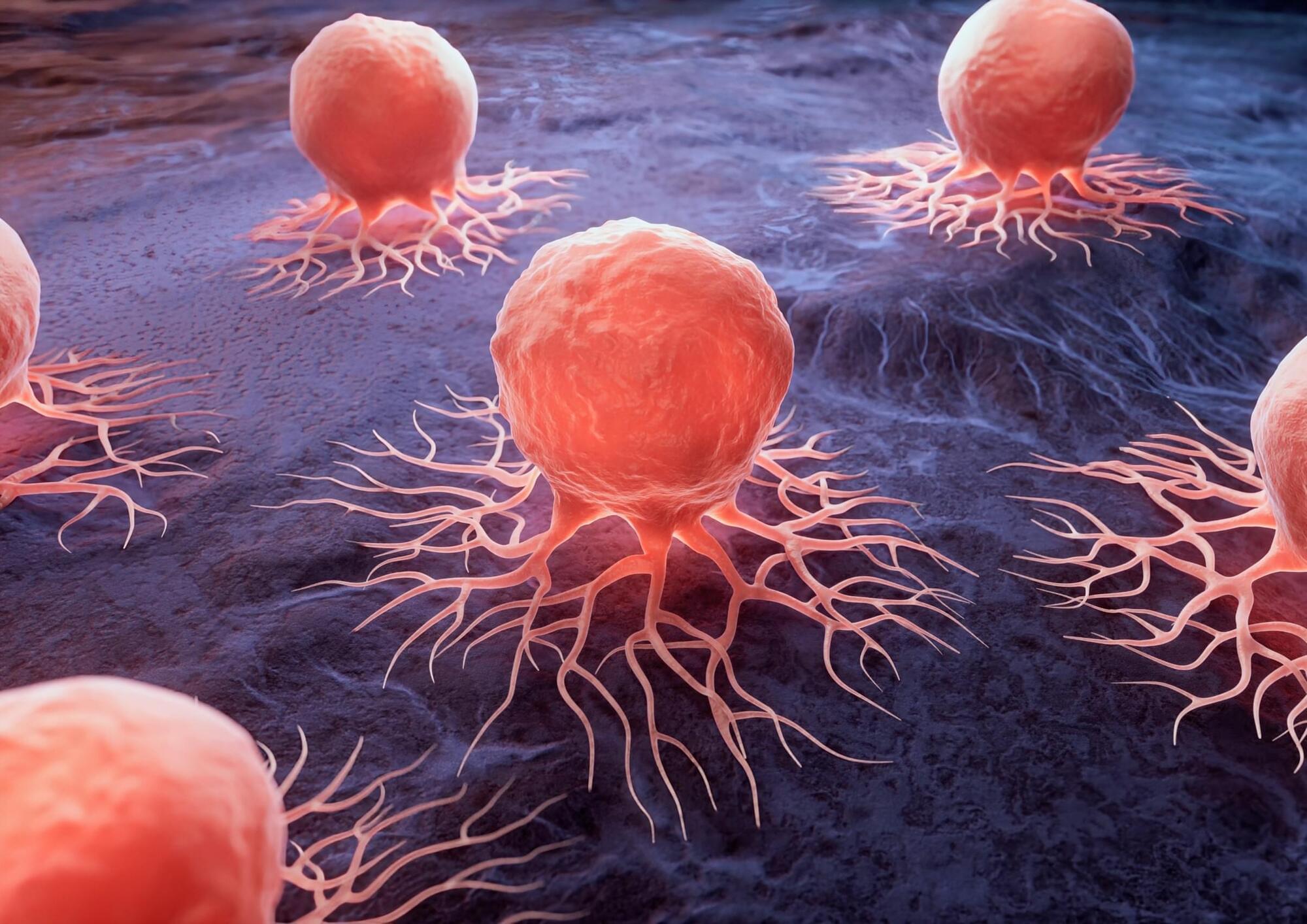We also discuss some of the lesser known options for augmentation and explore the notion of man-machine integration.
Join this channel to get access to perks:
/ @isaacarthursfia.
Visit our Website: http://www.isaacarthur.net.
Join the Facebook Group: / 1583992725237264
Support the Channel on Patreon: / isaacarthur.
Visit the sub-reddit: / isaacarthur.
Listen or Download the audio of this episode from Soundcloud: / cyborgs.
Cover Art by Jakub Grygier: https://www.artstation.com/artist/jak… by: Dexter Britain “Seeing the Future” Lombus “Hydrogen Sonata” Sergey Cheremisinov “Labyrinth” Kai Engel “Endless Story about Sun and Moon” Frank Dorittke “Morninglight” Koalips “Kvazar” Kevin MacLeod “Spacial Winds” Lombus “Amino” Brandow Liew “Into the Storm”
Music by:
Dexter Britain.
\








